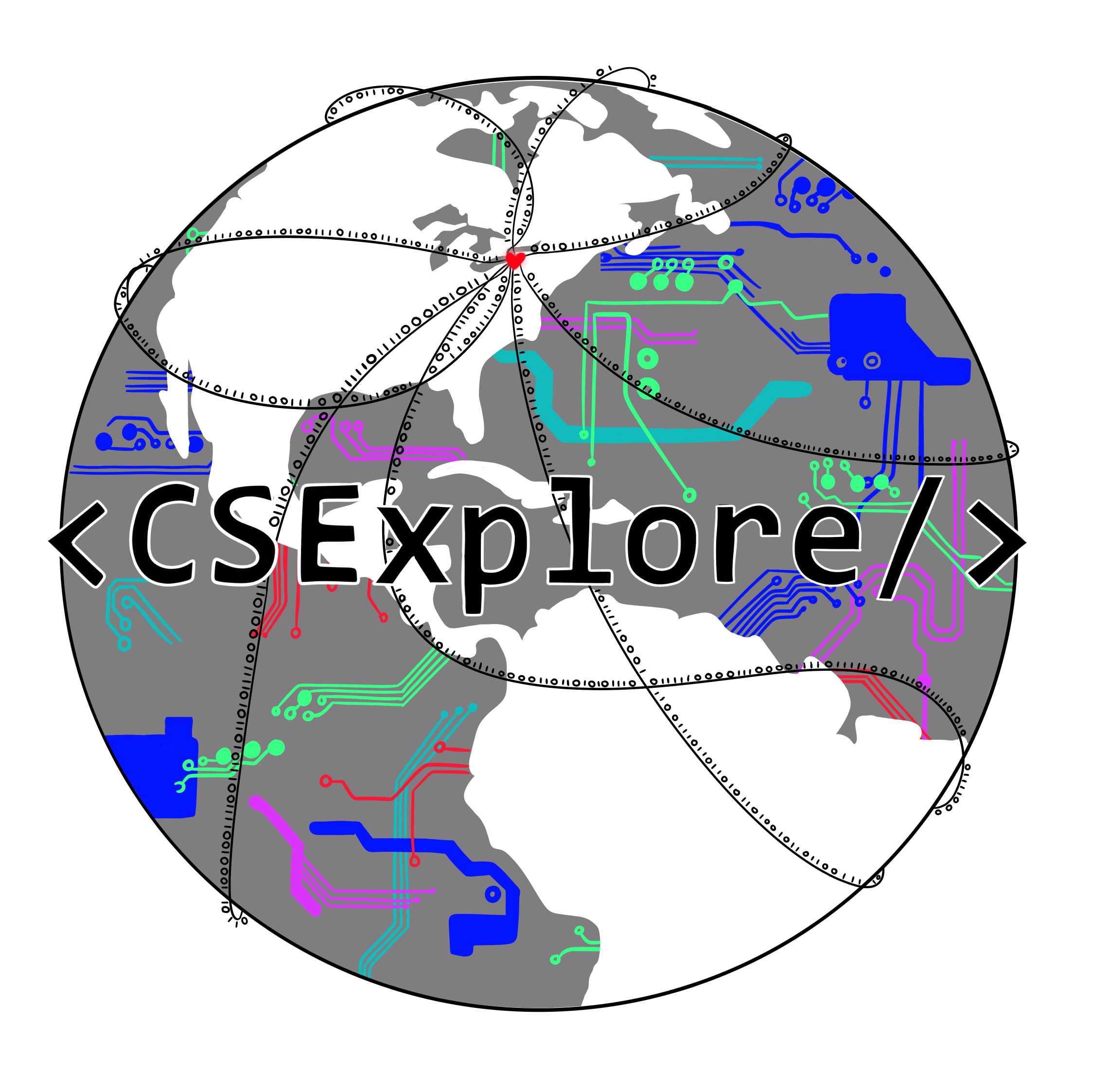

Brought to you by the
Student Advisory Board

Information in Sentences
How can we measure the amount of information that some text has in it, since we can’t just use the length (for example, a long repetitive document might have less information than a short informative one even though it has more characters in it).
Being able to have a good guess at what is coming next is the basis of working out how to reduce the amount of data used for sending text, photos and videos (this is called compression, and is the underlying theory behind showing videos over the internet and storing lots of photos or songs on a mobile phone.
Activity
This kind of activity is used by computer scientists to measure the amount of "information" in a document. By doing this activity, you will be able to understand that computer scientists measure information by how surprising a message is.
Telling you something that you know already — for example, when a person who always takes the bus to work says "I took a bus to work today" — doesn’t give you any information, because it isn’t surprising. If that person said instead, "I teleported to work today" that would be surprising, and would therefore tell us a lot of information. The number of yes/no guesses indicates how much information there is in the text.
Skills Needed
- Spelling
- Sentence Structure
Directions
- The Instructor will have a word or sentence for the you to guess.
- The instructor will tell you to draw boxes across the top of a piece of paper, with each box big enough to write a letter in.
- One by one you will have to guess the letters in the word or sentence while writing down all your previous incorrect guesses under each box.
- At the end when you have correctly guessed the sentence, reflect on your guesses. For each letter that you guessed, see which letters had what amount of information hidden in them.
Thanks
Support from CSExplore and Department of Computer Science and Engineering at UB
Activity inspired by CSUnplugged
Return to Main 2021 Kid's Day Page
Return to Activity Landing Page
